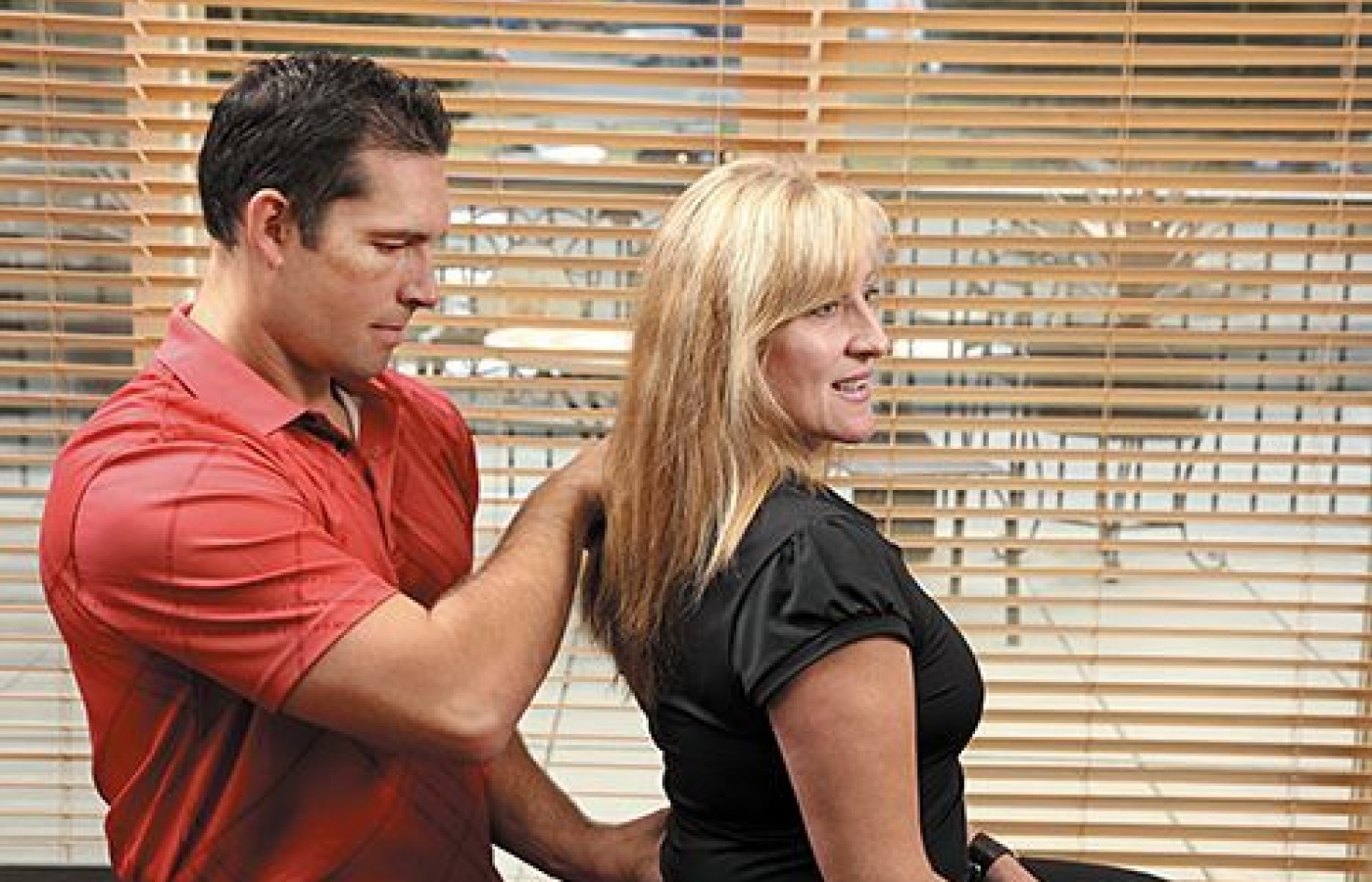Some doctors thrive in a personality-based clinic and have a loyal following no matter what services or equipment they offer, but for most chiropractic offices who are trying to grow and expand, new equipment purchases help us stay relevant and continue to service our client base in the best, most up-to-date manner possible. So, regarding equipment purchasing: should you lease, get a bank loan, or pay cash?
Time to Make a House Call?
Chiropractors come out of school with high hopes and big expectations, but the trends are pointing toward dissatisfaction. With lower reimbursement rates and crushing overhead, many doctors don't make as much money as they had planned. Owning a practice can generate considerable fears about how to do it right, and doctors struggle wondering if they can make it.
More doctors are looking to avoid the traps of burnout and high volume, while patients are seeking more face time with their doctor and better care. In short, doctors and patients alike are looking for something different. House calls can be the win-win answer for both.

The game has changed in the past few years, so if you're looking for a way to practice with practically no start-up, minimal overhead, and high profit, then it may be time to consider a new and liberating way to practice. Let's break down the fundamentals of the house-call practice model.
#1: Keep Your Start-Up and Overhead Low
The start-up capital for a house-call practice is a mere fraction of what it would take for a traditional office. To launch this type of practice, you only need about $5,000 to get rolling. This low start-up investment is possible because the expenses you need to launch your practice are so much less with house calls compared to a typical brick-and-mortar practice. You don't need the four walls of an office and everything that goes into it – equipment, office furniture, front-desk and admin support, etc. – to get started. You can just sweep those items away.
Keeping your overhead low is one of the keys to a successful practice, which is where house calls excel. You don't have to worry about office upkeep if you don't have an actual office. Consider that the typical chiropractic practice spends 50 percent of what it makes on overhead to keep the office running. The overhead for a house-call practice is on only about 10 percent, on average.
As a quick breakdown of the numbers, let's say a traditional practice brings in $20,000 a month in income. With 50 percent overhead, you are left with $10,000 in profit. With a house-call practice, if you have $20,000 a month in income, you will spend only $2,000 on overhead. The net effect: Your take-home profit is $18,000 for the month, instead of $10,000. That's $8,000 more per month than what you would get in a traditional office, leading to an extra $96,000 of profits within a year.
That's a 90 percent profit margin, which is unheard of for a chiropractic practice, yet this margin is so easy to attain when you practice via house calls. Using this streamlined and efficient model, you will have more freedom and your practice will become profitable faster. Without the burden of excessive start-up expenses or heavy monthly overhead that causes stress and anxiety, you will free up your bandwidth, both financially and mentally.
#2: Low-Volume, High-Profit Model
House calls have a higher value because of the increased face time and convenience of patients receiving care right in their home, so you can earn more per appointment than you would with a typical office visit. As an example, imagine your average house-call appointment is 20 minutes, and you charge $100 per appointment. At that rate, you can easily see 10 patients in a half-day or less, and make $5,000 per week treating patients while working less than part-time.
You would make $20,000 per month strictly on house calls, making your annual earnings more than $200,000 per year, all by seeing only 10 patients a day and only working part-time. Your potential is limitless, whether you want to offer house calls a few hours a week or full-time.
#3: More Face Time Builds More Rapport
In the house-call model, you get to see patients in their own space and understand how they live in way most chiropractors never see. Providing care in a patient's home creates a unique opportunity to integrate more care and build stronger rapport. There is a natural level of comfort and an increased ability for patients to ask you questions and show you how they live. Not only can you observe their daily activities, but you can also change them, right in their own home.
#4: Better Lifestyle by Design
Many chiropractors are looking for a better work-life balance that gives them more control over how they spend their time. They love treating, but they also love spending time with their family and doing things they enjoy. Without the confines of a traditional office or working for someone else, you have the freedom to make a great living with a fraction of the effort. The rewards include a fulfilling practice you love and that caters to your patients in a new way, all while giving you more time to enjoy life.



